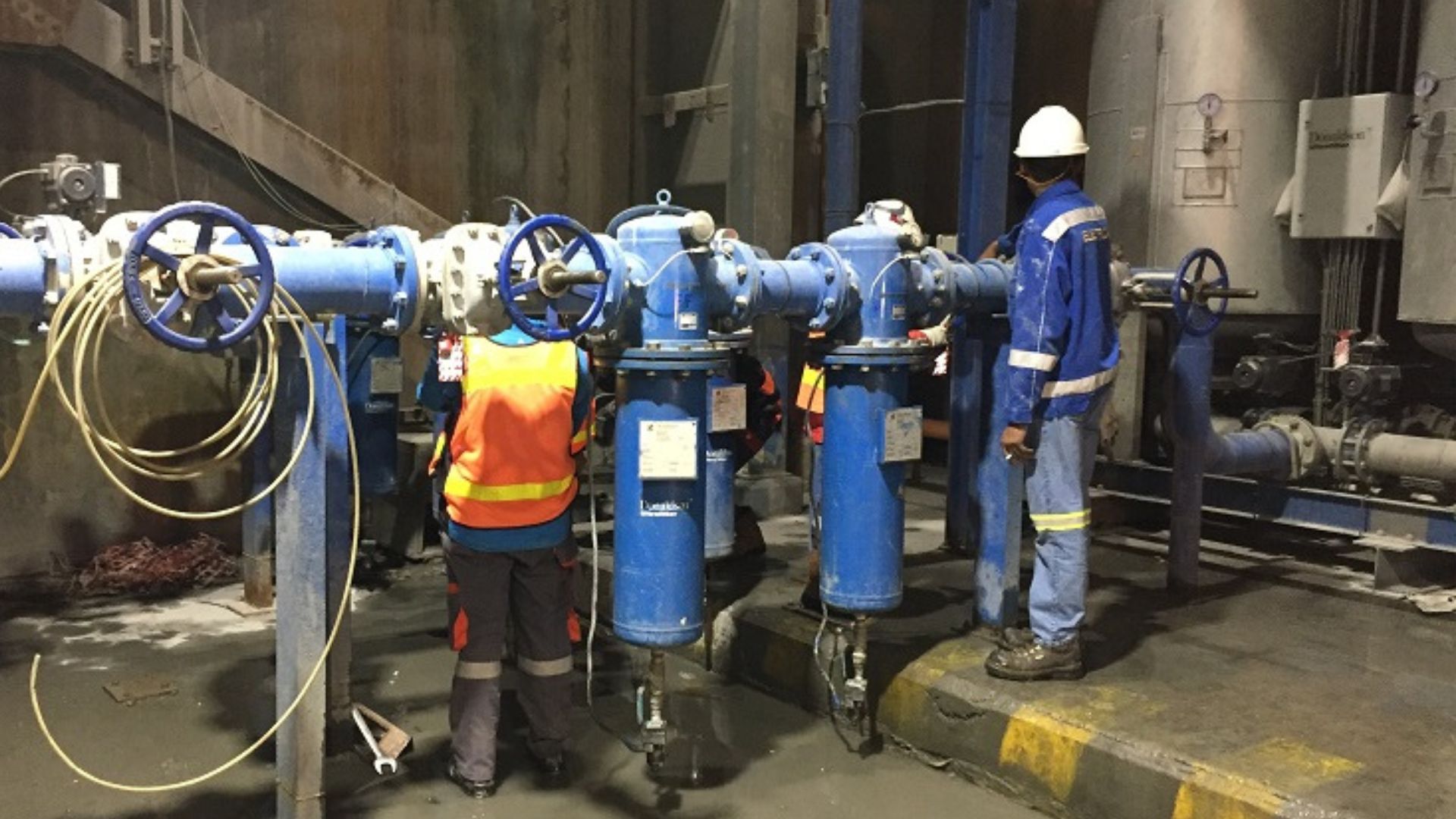
In today's modern industry, technology is getting more sophisticated and changing really quickly, but skilled manpower is still important. As automation and robotic technology develops in different areas, it's interesting to think about which is better: skilled manpower or advanced machinery? It's not a simple question because each has its own benefits. Let's look at the pros and cons of skilled manpower and advanced machinery in industrial competition.
The Importance of Skilled Manpower in the Automation Era
In the industrialized world, a skilled workforce is a huge asset. These workers aren't just experts in their jobs; they're also critical thinkers, creative problem-solvers, and quick learners. Unlike machines that follow set programs, humans have the ability to think analytically and find solutions even in the most complex situations.
A recent World Economic Forum report says that as many as 94% of workers in companies that use automation must keep learning new skills to stay relevant and productive. Why is this number so high? Because a skilled and up-to-date workforce is key to a company's success in a competitive market. Take jobs that require a lot of creativity, like product design or marketing strategy. Machines can't innovate without human input. Humans are the ones who can think outside the box and bring a more creative approach.
We've worked with a great team of skilled technicians, and one of the things that really stands out is their ability to provide input that can drive work efficiency. These technicians do more than just perform operational tasks—they also actively identify opportunities for improvement. Unlike machines that work based on programmed orders, humans have a lot of flexibility in dealing with unexpected situations. When problems occur, these technicians are able to react quickly without having to wait for software updates or reprogramming, which is something machines often require.
It's also important to be able to empathize with and understand the needs of others, whether they're customers or coworkers. This can't be programmed into a machine, which is why skilled manpower remains crucial in the modern industrial world.
Benefits and “Limitations” of Advanced Machines
On the other hand, new technology has changed the way we work. These days, automated machines are more than just extra help—they're an essential part of the production process. Thanks to tech like AI and machine learning, machines can learn work patterns and adapt to production needs. In manufacturing, for example, using automated robots can boost productivity by up to 30% in the first few months. That's not just about speed—it also shows how much companies can cut operational costs.
However, while advanced machines are great at speed and precision, they still have their limits. Machines can only operate according to the program that has been implanted. If there's a sudden change that doesn't match the programmed work pattern, the machine may not work as well as it could. Also, in customer service, machines can't interact emotionally. You may have experienced interactions with chatbots that are only able to answer basic questions and sometimes even confusing. This is because the machine can't understand context in the same way that humans do.
It's true that machines make our lives easier in many ways, but they can also be a headache if we don't manage them properly. For instance, when a machine breaks down, it often takes a long time to repair and costs more money. So, even though machines are efficient and fast, we still need to make sure they're working properly.
Skilled Manpower or Advanced Machinery? Here's What's Better
So, should we go for skilled manpower or advanced machinery? It might be that the answer lies in combining the two. When we bring humans and machines together, we can get much better results. If we combine a workforce that has analytical skills and high flexibility with machines that offer speed and precision, we'll have an ideal work environment to face global competition.
These days, lots of big companies are using automation technology to boost productivity without losing the quality of human work. They're creating new roles that focus on supervising and maintaining machines, as well as analyzing the data they generate. So, machines aren't necessarily replacing skilled manpower, but they are creating more diverse and challenging roles.
McKinsey Global Institute data shows that about 60% of jobs worldwide could be automated. However, only about 30% of jobs can be completely replaced by machines. This shows that there will always be a need for skilled manpower, especially in jobs that require creativity and interpersonal skills. While there may be an assumption that the future of industry will be filled with robots working endlessly, the truth is, humans still have a very important role to play.
Given all this, the best solution is for humans and machines to work together. By combining the strengths of humans and machines, we can boost efficiency and put people in a better position to drive innovation. It's not just about choosing which is better, but about how we can make the most of each. When humans and machines work together, we can create new innovations and achieve higher efficiency. Technology might keep evolving, but humans will always be there to bridge the gaps that machines have.